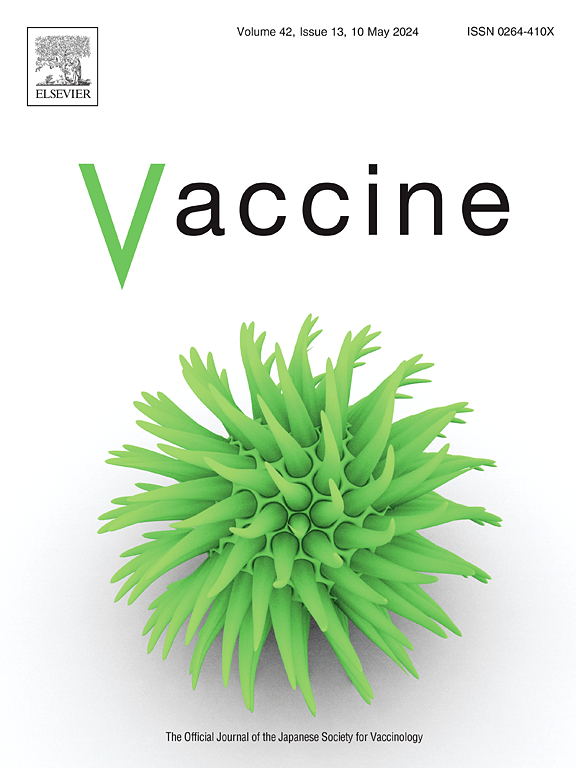Impact of the COVID-19 pandemic on routine immunization coverage of children and teenagers in Ontario, Canada
IF 4.5
3区 医学
Q2 IMMUNOLOGY
引用次数: 0
Abstract
Objectives
To assess immunization coverage for routine vaccinations in children (aged 4–7 years) and teenagers (aged 14–17 years) during the COVID-19 pandemic compared to the pre-pandemic period, in Ontario, Canada.
Methods
Retrospective cohort study using primary care electronic medical records data from the University of Toronto Practice-Based Research Network database from January 2018 to June 2022. Monthly estimates of vaccine up-to-date (UTD) coverage (defined as 1 dose of tetanus, diphtheria, and acellular pertussis (Tdap)-containing and 1 dose of measles, mumps and rubella-containing vaccines received after the 4th birthday for children; and 1 dose of Tdap-containing vaccine received after the 14th birthday for teenagers) and time series regression analysis were used to compare changes in mean coverage before and during the pandemic. We also examined if changes in coverage estimates over time were associated with sociodemographic factors.
Results
30,010 children and 31,624 teenagers were included. Mean monthly UTD coverage for children decreased significantly from 48.7 % (SD 2.1) pre-pandemic (January 2018 – February 2020) to 44.3 % (SD 1.3) in mid-pandemic period (July 2020–June 2021), and remained significantly lower in later pandemic period (July 2021 – June 2022). Mean monthly UTD coverage for teenagers was 34.6 % (SD 0.9) pre-pandemic and decreased to 16.7 % (SD 0.6) in later pandemic period. When adjusted for baseline differences, teenagers from neighborhoods with higher income, lower proportions of racialized and newcomer populations and from rural areas experienced larger decreases in UTD coverage during the pandemic. No significant differences were found in UTD coverage among children across the various sociodemographic factors.
Conclusion
Significant declines in immunization coverage for children and teenagers in Ontario were still observed by June 2022, highlighting the need to further study the long-term impact of the pandemic and implement effective catch-up interventions to increase immunization coverage and prevent outbreaks of vaccine-preventable diseases.
求助全文
约1分钟内获得全文
求助全文
来源期刊

Vaccine
医学-免疫学
CiteScore
8.70
自引率
5.50%
发文量
992
审稿时长
131 days
期刊介绍:
Vaccine is unique in publishing the highest quality science across all disciplines relevant to the field of vaccinology - all original article submissions across basic and clinical research, vaccine manufacturing, history, public policy, behavioral science and ethics, social sciences, safety, and many other related areas are welcomed. The submission categories as given in the Guide for Authors indicate where we receive the most papers. Papers outside these major areas are also welcome and authors are encouraged to contact us with specific questions.
 求助内容:
求助内容: 应助结果提醒方式:
应助结果提醒方式:


